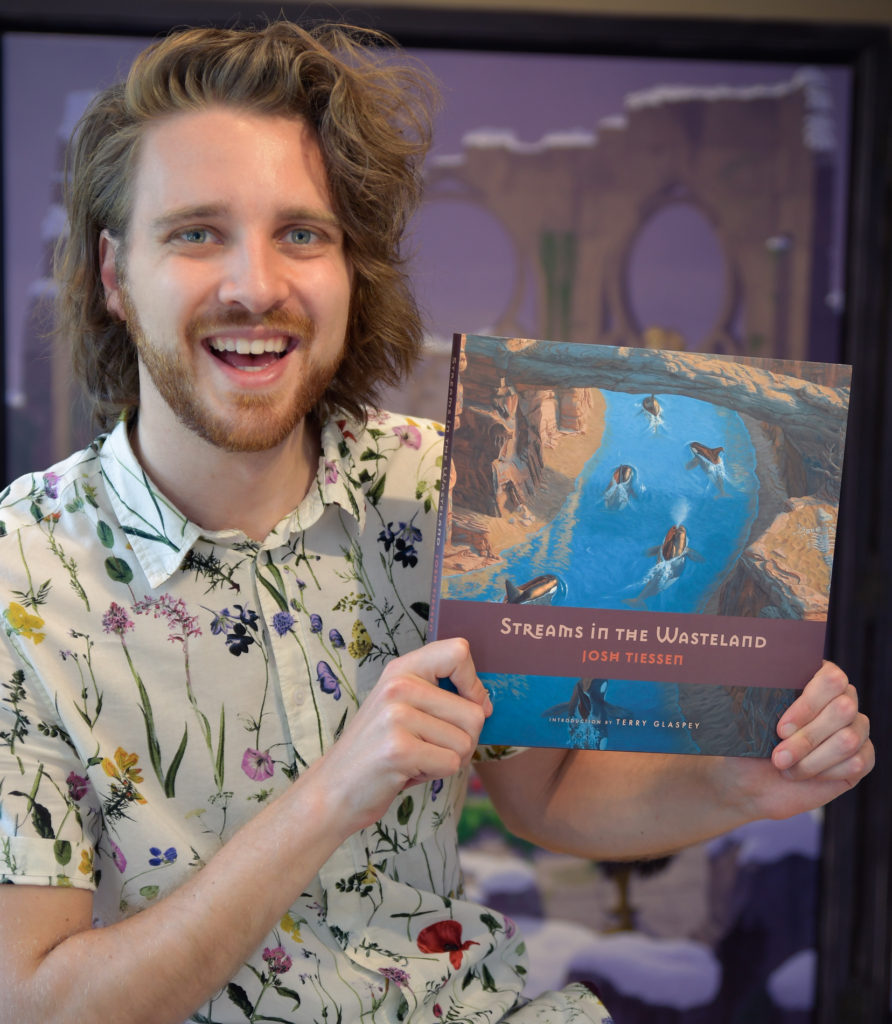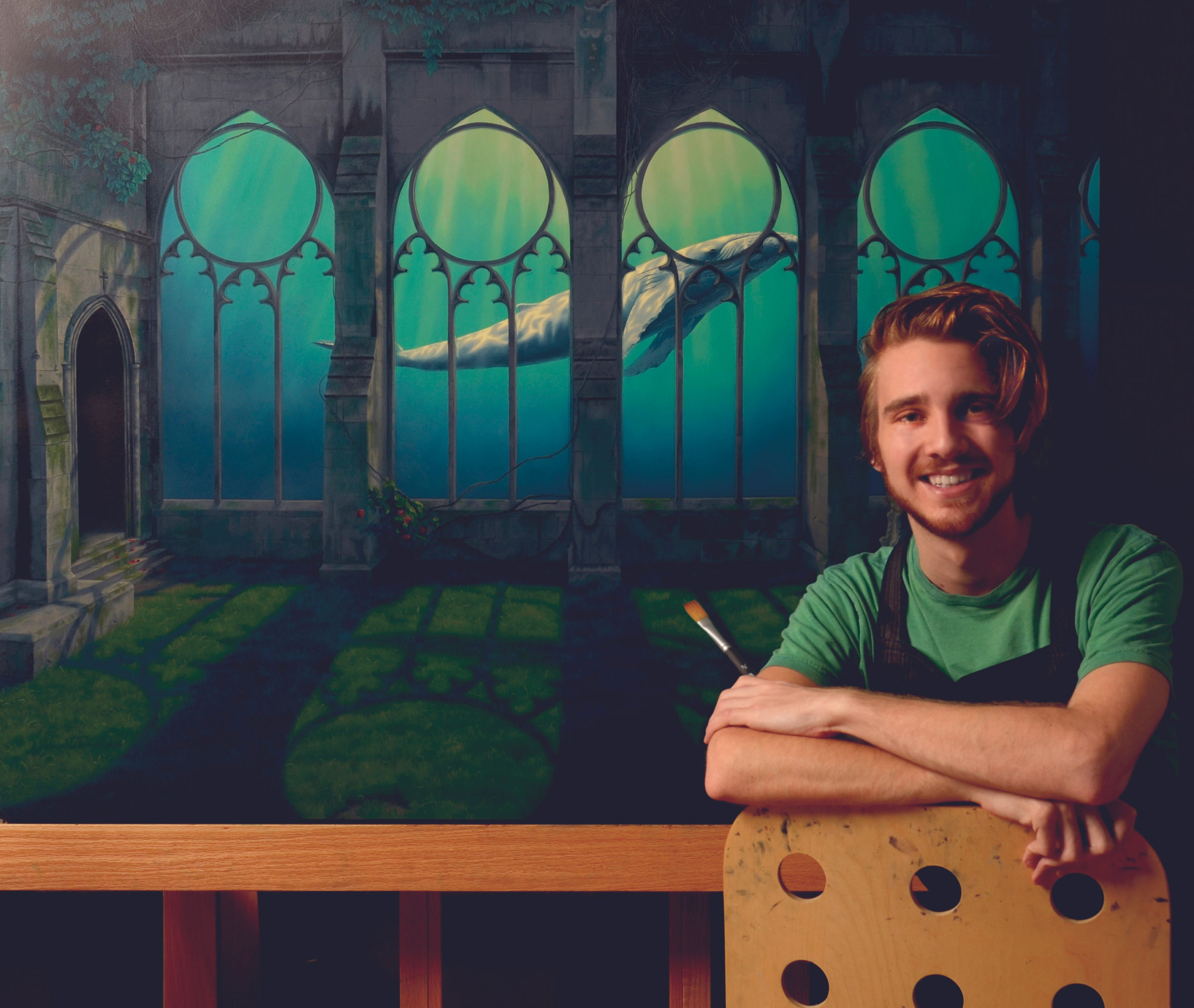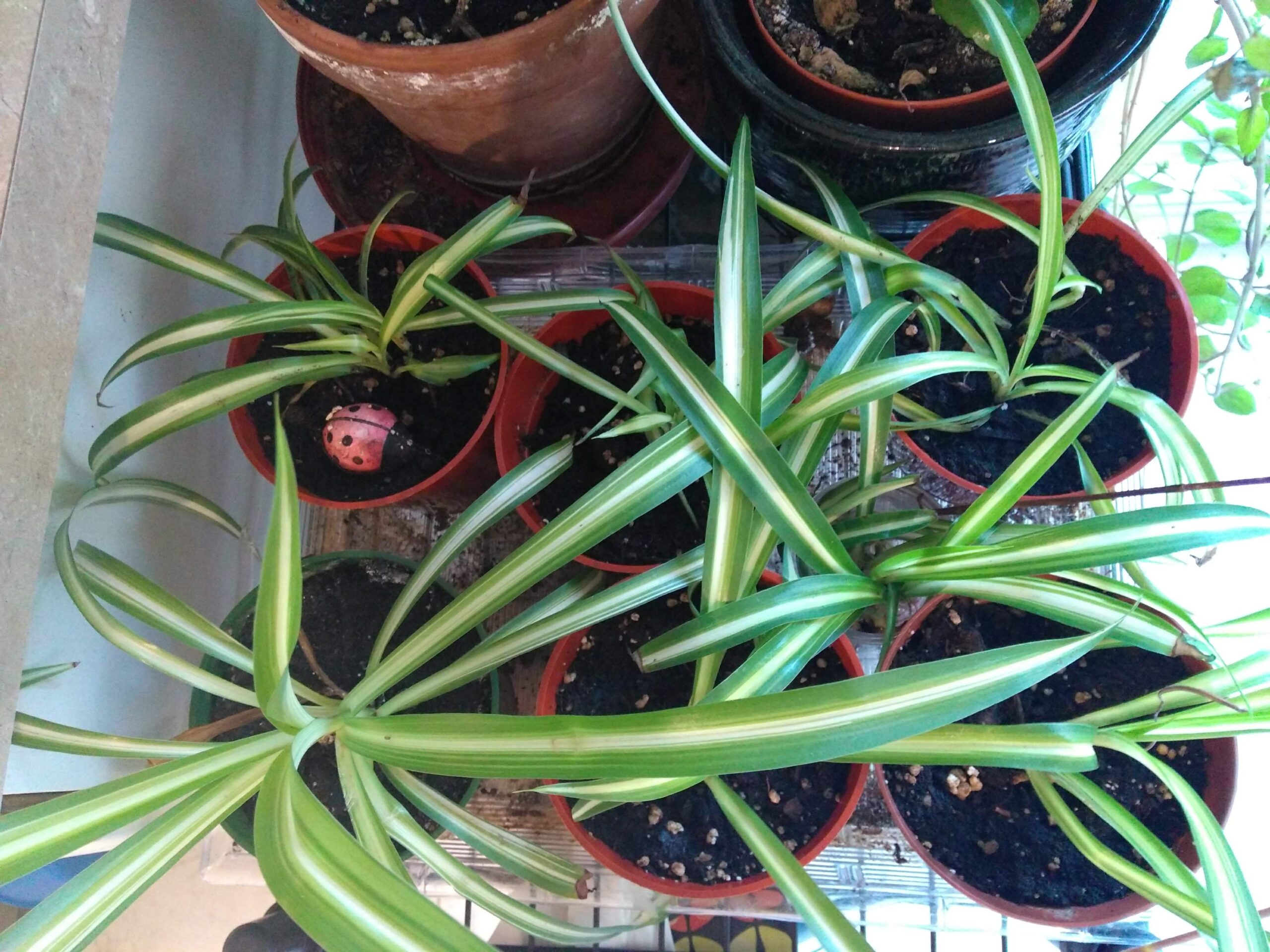Josh Tiessen’s first art exhibit was at Joseph Brant Hospital — when the artist was only 11 years old.
His talent was apparent even at that young age, and he went on to exhibit at the Burlington Art Centre (now the Art Gallery of Burlington) at age 14, travel to British Columbia to be mentored by world-renowned painter and former Burlington teacher Robert Bateman, develop his “narrative hyper-surrealism” style, and on to international acclaim.
Tiessen was born in Russia, and recalls his nanny there fostering his early love for art by way of milk carton and toilet paper roll structures. She must have recognized his latent talent, teaching the young Tiessen perspective and shading, holding up his stuffed animals for him to draw, and introducing him to painting.
The Tiessen family moved back to Canada after a decade in Russia. With Tiessen’s father working in Toronto and grandparents in Stoney Creek, Burlington was where the family landed. Tiessen attended Burlington Christian Academy from grades 1 to 3, after which his mother homeschooled Tiessen and his brother Zac, to allow the family to travel together for parental work trips. Tiessen recalls going to the Burlington YMCA for gym and swimming classes, as well as to Burlington Alliance Church’s (now Wellspring Church) children’s club.
It now seems that this church children’s club played a pivotal role in Tiessen’s future, as that is where his first art mentor, a hobby artist, noticed Tiessen’s talent. It was this mentor who encouraged Tiessen’s family to book him for an art exhibition, which ended up being the Joseph Brant Hospital exhibit. Tiessen designed posters and invitations himself, and had his art professionally framed using money earned from delivering the Burlington Post.
In another piece of foreshadowing, one of Tiessen’s earliest childhood memories in Canada is of leafing through his grandfather’s collection of Robert Bateman coffee table books, though Tiessen notes, “None of us ever dreamed that ten years later, Robert Bateman would invite me to be mentored under him in B.C.!”
Robert Bateman was an early inspiration for Tiessen. A visit to Saskatchewan to his uncle’s farm then led to an interest in “the weathering effects of nature on old barns and farmhouses.” Despite forays into cubism and abstract styles, Tiessen returned to realism, later incorporating surrealism, inspired by the likes of Salvador Dali.
During his first solo show on the Community Wall at the Burlington Art Centre, exhibit-goers would often comment that Tiessen’s art reminded them of Bateman’s work, suggesting that Tiessen write to Bateman. The former Burlington high-school teacher and supporter of the art centre responded to Tiessen personally, complimenting his work (“You are indeed very good,”) and inviting him to a master art mentorship program in British Columbia. With a scholarship and much family support, Tiessen travelled out to B.C. at age 15 to study composition, light, and shadow under Bateman. Tiessen notes how grateful he is for his fine arts education under Bateman, as well as crediting his departure from a strictly realistic style to that mentorship experience.
Already developing his hyper-realistic and surrealistic hybrid style, Tiessen studied under McMaster School of the Arts master artist Judy Major-Girardin in a year-long mentorship program at the Art Gallery of Burlington. His age at the time? Sixteen — and already a high school graduate. Major-Girardin treated Tiessen and his work seriously, despite his being the youngest of the nine artists in the program, noting at the culminating exhibition that “surface textures were the unifying force” in Tiessen’s work.

A bachelor of arts in theology and philosophy followed, further inspiring Tiessen’s art; he began incorporating symbolism and narrative, painting animals in abandoned ruins instead of in their natural habitats.
From chalk pastels to acrylic painting, to oils on variously-shaped Baltic birch wood panels, Tiessen’s style has changed with his mediums, from realism and natural beauty to his most recent series of paintings, nodding to medieval iconography and abstract colour-field painters of the 20th century, and using his art to comment on the ecological crisis and humankind’s relationship with the earth. This has been a six-year-long project, entitled Streams in the Wasteland, with the theme of wildlife reclaiming the leftovers of human civilization.
Tiessen had originally hoped that the series would be exhibited in a prestigious New York art gallery; instead, after he won first place out of 2000 entrants to the Jonathan LeVine Gallery inaugural art competition “Search for the Next Great Artist,” Streams in the Wasteland became a solo exhibition at that New York gallery. Later, Streams in the Wasteland II was shown at the Corey Helford Gallery in Los Angeles; the final painting in that series, Agnus Dei, was given the very of-the-moment accolade of being the most-Instagrammed painting at the L.A. Art Show.
To top off the collection’s success, Tiessen decided to publish the series in his second coffee table book (the first was Josh Tiessen: A Decade of Inspiration, featuring the first decade of his exhibited work from ages 11 to 21). Artistic talent must run deep in this family; Tiessen’s brother Zac, an acclaimed musician and composer, created 17 orchestral tracks to accompany the Streams in the Wasteland book. Financial backers helped the brothers raise $11,000 for their “pandemic project,” which includes the soundtrack, images of the Streams in the Wasteland paintings, concept sketches, and Tiessen’s anecdotes and writings on his work. Of this project, Tiessen says, “My greatest desire for this project is that it will cause readers to consider why we should care about our planet, inspiring people to support conservation and live a more sustainable lifestyle.”
Tiessen returns to Burlington this week, to sign copies of Streams in the Wasteland at Indigo in Burlington Mall this Saturday, Sept. 10, 2022, from 11 a.m. to 5 p.m.

And what’s next for this talented artist? A new painting series, “exploring how we can grow in skillful, wise living for our contemporary world,” from the perspectives of Sophia, “an enchanting medieval representative of Lady Wisdom,” and Qohelet, “a steampunk wandering philosopher and teacher.” This series, exploring issues around ecology, biomedical experimentation, and technology, will be exhibited in spring 2023 at the Rehs Contemporary Gallery in New York.
Of course, we also asked Tiessen about his favourite spots in Burlington, though he now works out of his Stoney Creek gallery (we won’t hold that against him). Highlights for Tiessen include the woods and Bruce Trail near Aldershot, and the Royal Botanical Gardens, for its birdwatching and seasonal flowers. Another favourite is LaSalle Park and its swans. Tiessen adds, “I also cherish relationships I’ve had over the years, including staff at the Art Gallery of Burlington and Chapters/Indigo bookstores, my beloved orthodontist Dr. Richard Pass, and many other Burlington art collectors who have enabled me to do what I love and share it with the world!”
For more information on Josh Tiessen’s book Streams in the Wasteland, go to www.joshtiessen.com/newbook. You can also follow him on Instagram (www.instagram.com/joshtiessen) and Facebook (www.facebook.com/joshtiessen), and don’t forget his book signing at Indigo in Burlington Mall, on Saturday, Sept. 10, from 11 a.m. to 5 p.m.




